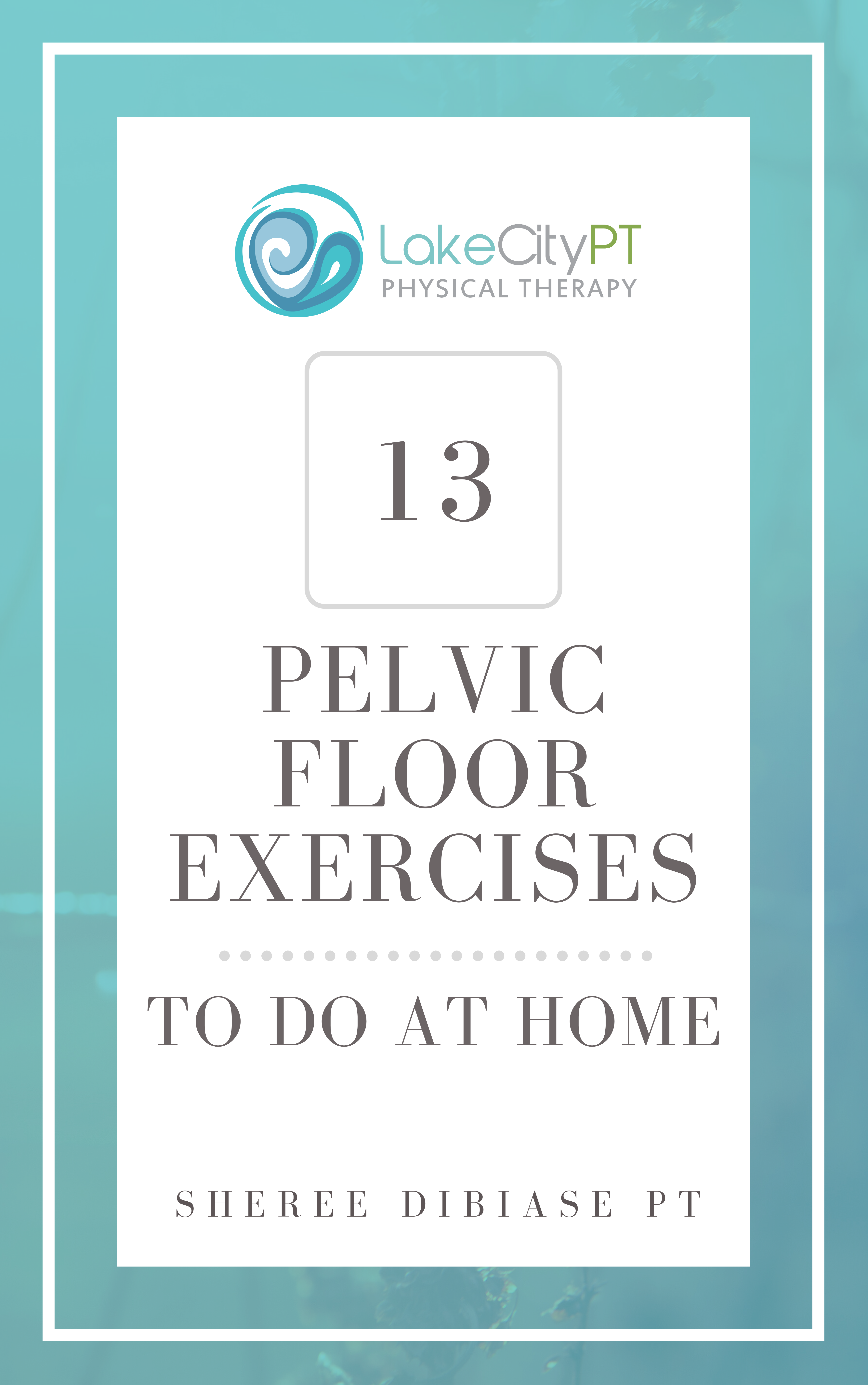Pelvic Pain After C-Section
Giving birth is one of the happiest times in a woman’s life, and for many, one of the most stressful. A lot of preparation and decision making is done prior to delivery, including how you will give birth.
In some cases, new moms worry they’ll be unable to give birth vaginally and choose to have a cesarean section instead. In other cases, having a C-section is a necessity for mother and baby, and it may even be an unexpected turn of events.
Regardless of the method of delivery, carrying a baby to term can cause pelvic floor pain and dysfunction.
Although having a cesarean can prevent some of the issues most commonly seen with vaginal births, like prolapse, pelvic pain and incontinence, it doesn’t mean your pelvic floor isn’t affected.
Women who undergo cesareans can still develop pelvic pain, even when the delivery goes smoothly.
While the well-being of both mom and baby are most important, it’s also important to discuss the prevalence of postpartum pelvic pain after a C-section and how it can be treated.
Related Articles
Online Pelvic Floor Physical Therapy
Get pelvic floor physical therapy from home. Our online pelvic floor physical therapy can help with incontinence, constipation, painful intercourse and more.
Schedule a live video call consultation with the button below.
Pelvic Pain And Method of Delivery
A cesarean can prevent the possible complications often encountered with vaginal delivery, such as tearing of the perineum and excessive bleeding. However, that doesn’t completely eliminate the risk of pelvic pain or postpartum pelvic floor dysfunction.
To delineate further, we need to examine how pregnancy affects the pelvic floor and girdle. Similar to other areas of the body, the pelvic floor is composed of ligaments and connective tissue.
As you enter your second and third trimester, the weight of the baby bearing down on the pelvic floor causes stretching of the ligaments and tissue.
Over time, the stretching of the pelvic floor can become painful, which doesn’t resolve immediately postpartum. Women may develop ongoing pelvic girdle pain and experience symptoms of pelvic floor dysfunction. In addition, the type of surgical incision used can also impact your postpartum recovery.
Types of Cesarean Section Incisions
Depending on the position of the baby, maternal age, anatomy and trimester of pregnancy, different types of incisions may be performed.
A traditional incision is an incision that begins at the navel and is run to the pubic line.
A lower uterine segment incision (LUCS) is made just above the bikini line. It cuts through the abdominal wall and the thinnest part of the uterus.
Both types of incisions are extended through the fatty tissue, rectus sheath and peritoneum. Additionally, the incisions are approximately 4 to 6 inches, which is just large enough to remove the baby.
Postpartum Pelvic Pain
Postpartum pelvic pain occurs for a variety of reasons. A study performed by John Hopkins Hospital indicated that pelvic pain accounts for more than 10% of all gynecological visits.
Moreover, the complaints of pelvic pain aren’t related to menses or dyspareunia (pain with intercourse). Pelvic pain after a C-section can present in a variety of ways.
Some of the most common forms of presentation include:
- Pain with defecation
- Pain with intercourse
- Sacroiliac pain
- Piriformis Syndrome
- Coccygodynia
With sacroiliac pain, the joints that connect the hips to the spine are affected. Pain can radiate from the sacrum to the sacral joints themselves. This type of pain can occur if the joints become too tight or loose during pregnancy and after birth.
Piriformis Syndrome can cause spasming of the gluteal muscle, which can irritate the sciatic nerve. Pain, numbness and tingling are usually felt down the leg and into the foot. It may abate when lying on the opposite side but returns once you start walking or put pressure on that side.
Coccygodynia can occur after having too much pressure on the tailbone with a trial of labor. This is often seen in women who require a C-section after attempting to drive vaginally.
In addition to the above-mentioned pain points, pelvic pain after a cesarean is often due to pelvic floor dysfunction.
What is Pelvic Floor Dysfunction?
Pelvic floor dysfunction is a broad term that describes functional changes to the pelvic floor and its surrounding structures.
These changes may affect only one section of the pelvic floor, like the bowel or bladder, or it can encompass the entire pelvic floor. This can also include the muscles and ligaments that support the pelvis and internal organs.
Signs of pelvic floor dysfunction can include:
- Bowel or bladder urgency and frequency
- Urinary incontinence
- Uterine or bladder Prolapse
- Ongoing or intermittent pelvic pain
Risk Factors for Pelvic Floor Dysfunction After Cesarean
Since a C-section is a major surgical procedure, it’s also not uncommon to develop PFD afterwards.
In addition to weight gain during pregnancy and the baby pushing down on the pelvic floor, other causes can include:
- Prolonged recovery course
- Limited mobility after surgery
- Lax pelvic musculature and a weak
- Weak core muscles
- Reduced ability for vaginal birth after cesarean (VBAC)
Regardless of the cause, the best way to reduce pain and strengthen your pelvic floor is with pelvic floor exercises. However, if pelvic pain and PFD cause severe pain or bowel and bladder dysfunction, you may require a team of specialists to create a treatment plan.
How PT Can Help
Unless you had a complicated delivery, your obstetrician will allow you to resume physical activity at the 6-week mark. Physical therapy can help strengthen your pelvic floor safely while reducing or completely eliminating painful symptoms.
Physical therapy for pelvic floor strengthening is a specialized type of therapy. It includes a series of exercises that strengthen your core and increase pelvic muscle flexibility.
At your initial consultation, your physical therapist will take a detailed medical history. They will also perform a series of tests to determine your overall core strength. They will have you perform a series of activities to identify pelvic floor instability or dysfunction.
After assessment, your physical therapist will create a treatment plan that addresses your pain points. In most cases, your therapy will include both physical therapy in the office and at home.
If you’re experiencing pelvic pain after having a cesarean, contact one of our physical therapists at Lake City PT. We’ll work together with your other medical providers to create a comprehensive postpartum rehabilitation plan.



